Buda Castle - Budapest
Hello everyone!

Budapest is a city full of surprises. There is no need to take a taxi, uber, or take public transportation, go for a walk and get to know the city, there is no chance of you getting bored. I recommend that when you go for a walk, go to Buda Castle. There is the most beautiful view, you will see how the Danube cuts Budapest in half and divides it into Buda and Pest, you will see one of the most beautiful river island in Europe. Not to mention the castle, it is a combination of all artistic directions. The architecture that took place there is unique. So yes, today we are going to visit Buda Castle. YOOHOO...

I decided to go to the castle with one of the main attractions in Budapest. I took the Funicular to the castle. As I went up, the view of Budapest slowly expanded, all the way to the top, to the highest point where you can see how the city merges with the sky.
The Budapest Funicular
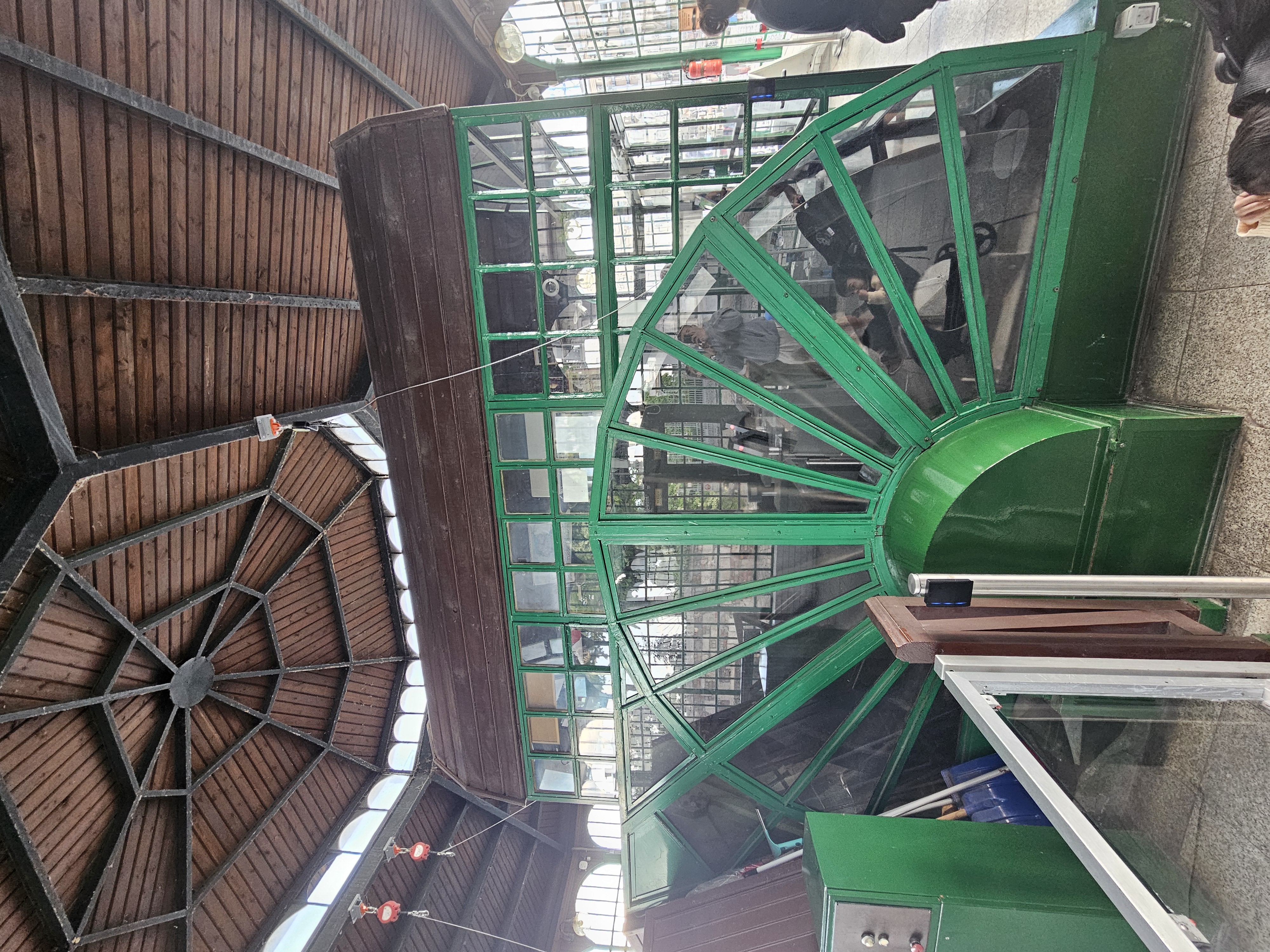
At first glance, it may look like an ordinary cable car with two small cars that go up and down between the Chain Bridge and Buda Castle. But the Budapest funicular, known as the Budavári Sikló, brings with it much more than tourists. It carries a story.

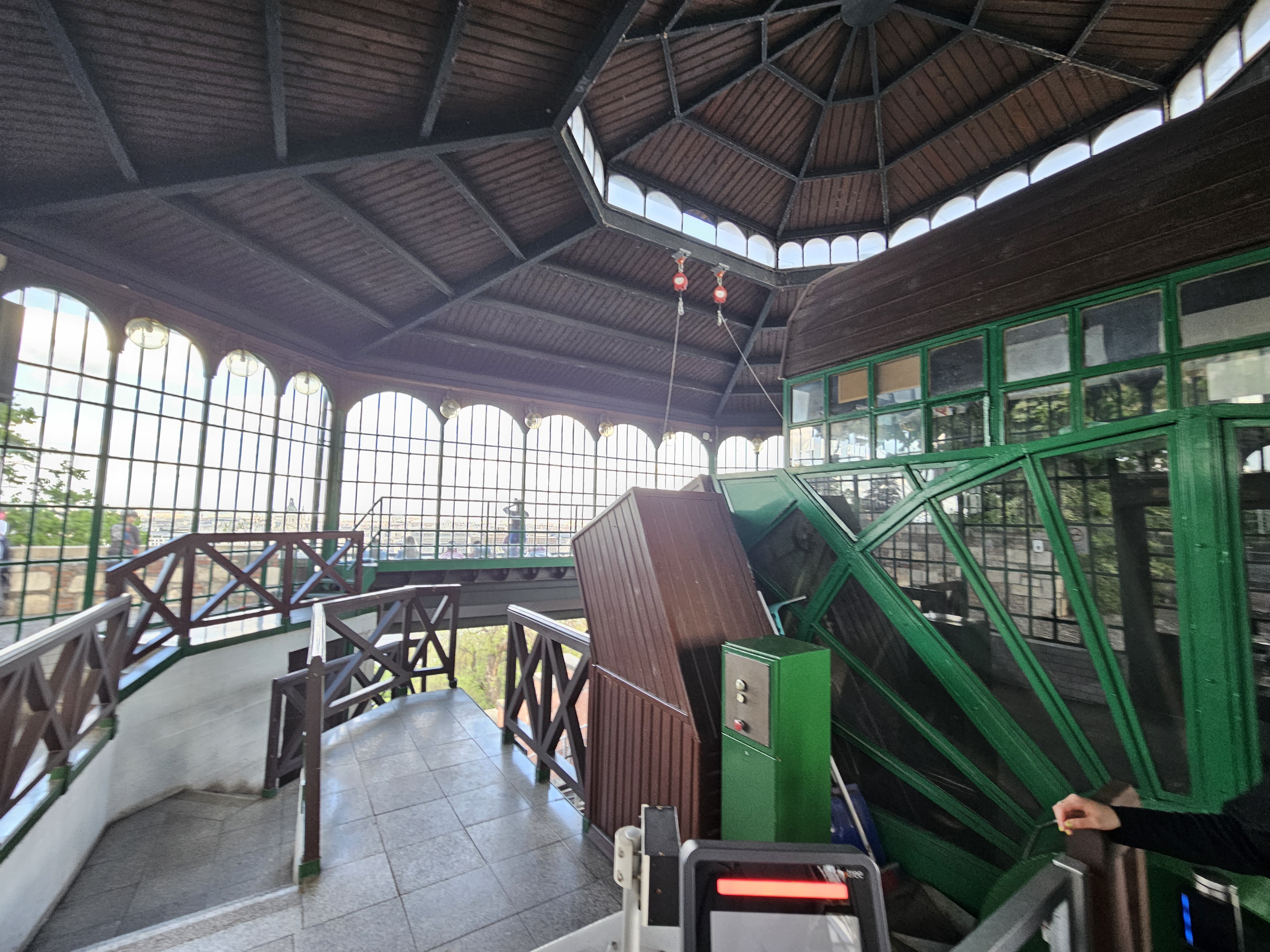
Opened in 1870, it was the second funicular in Europe. Built on the model of the one in Lyon, it served not only to transport people to the castle, but also to demonstrate the power of the then modern, progressive Budapest. It once carried officials, soldiers, and even royal visitors. As I rode in silence, watching out the window as the city slowly slid backward, as the panorama of Budapest opened up.
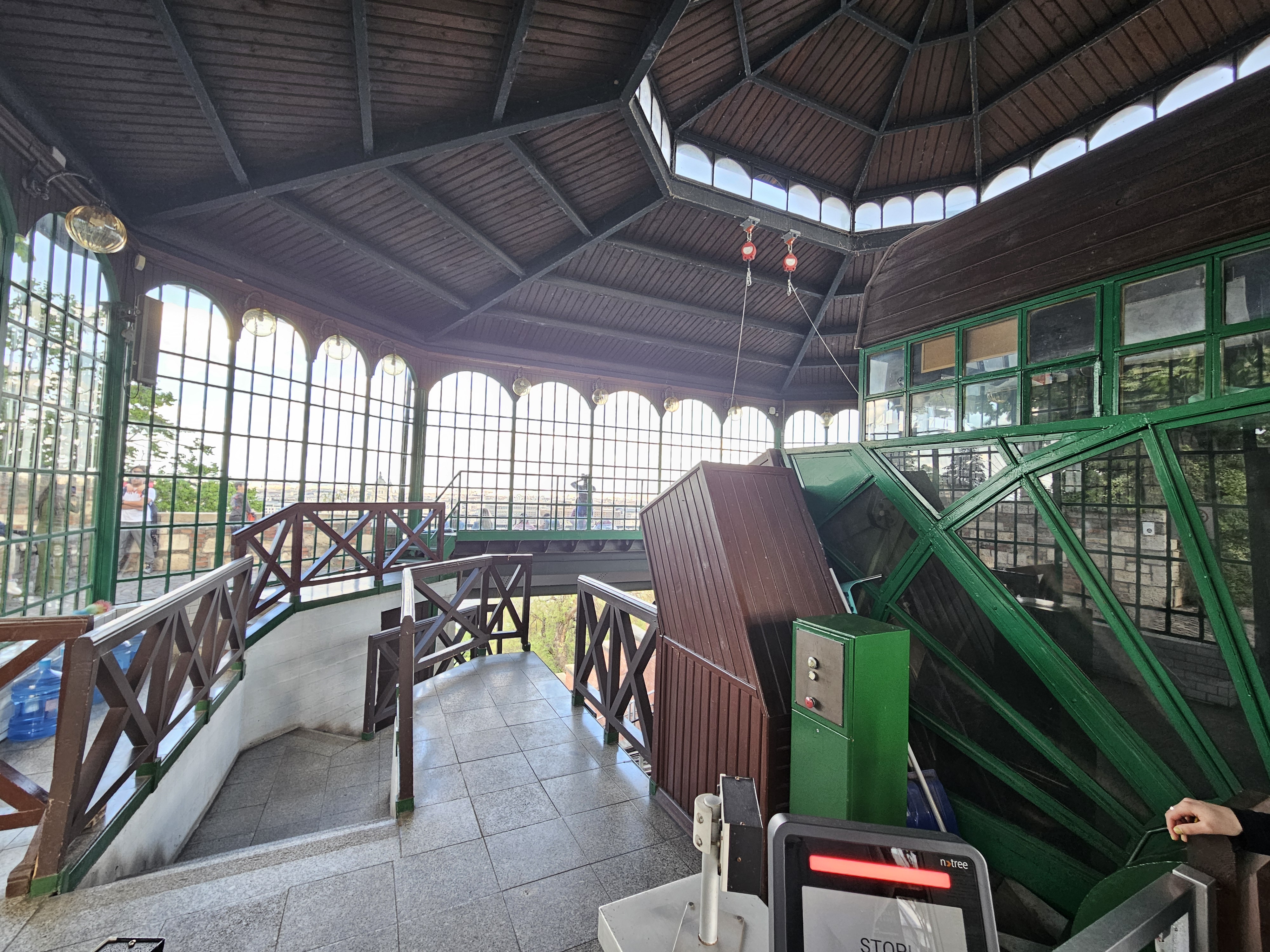
It was completely destroyed in World War II, but was rebuilt only in 1986, almost exactly as it once looked. Today, it is no longer just a means of transportation, it is a time capsule, but also a tourist attraction.


.gif)

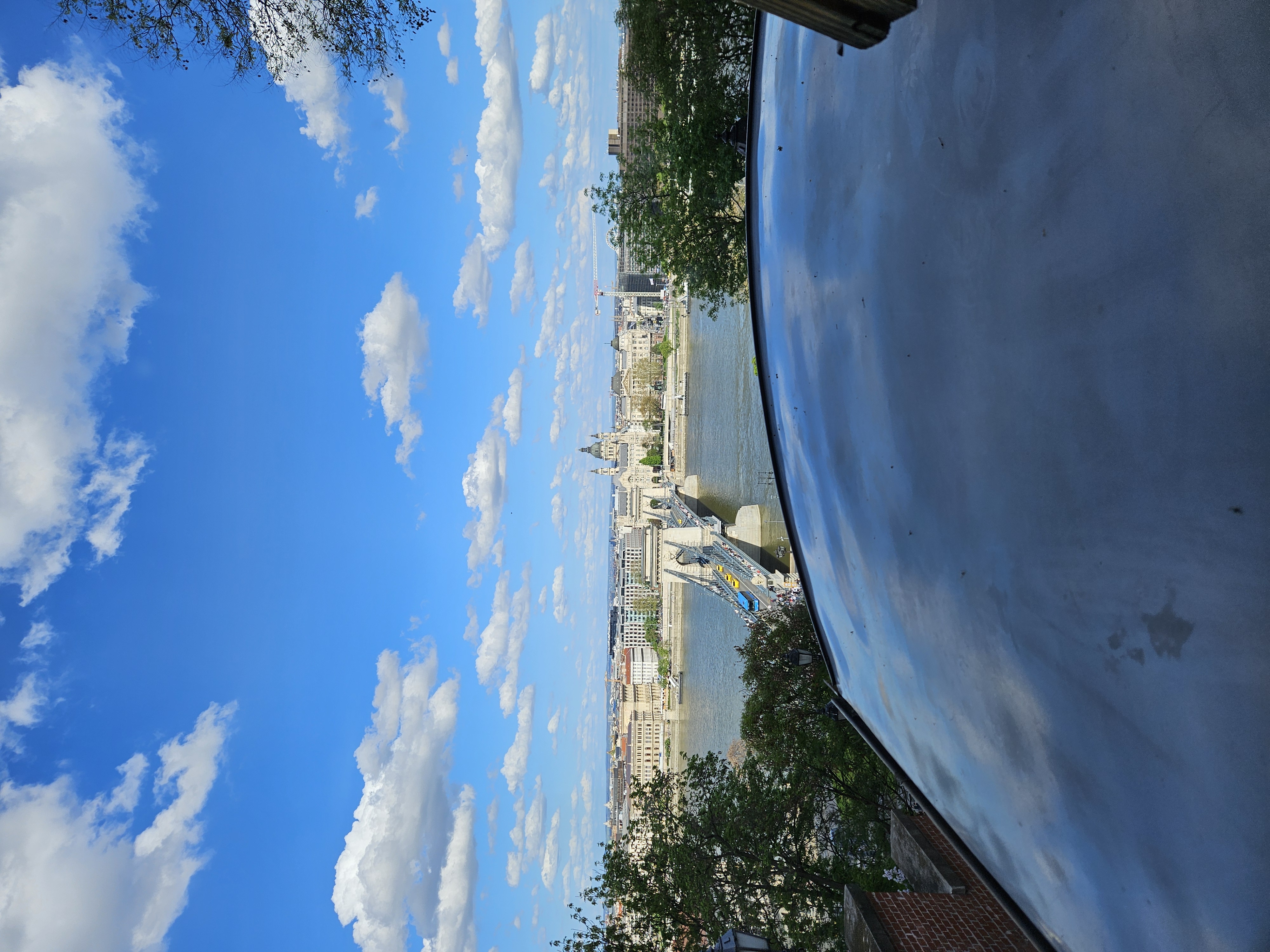
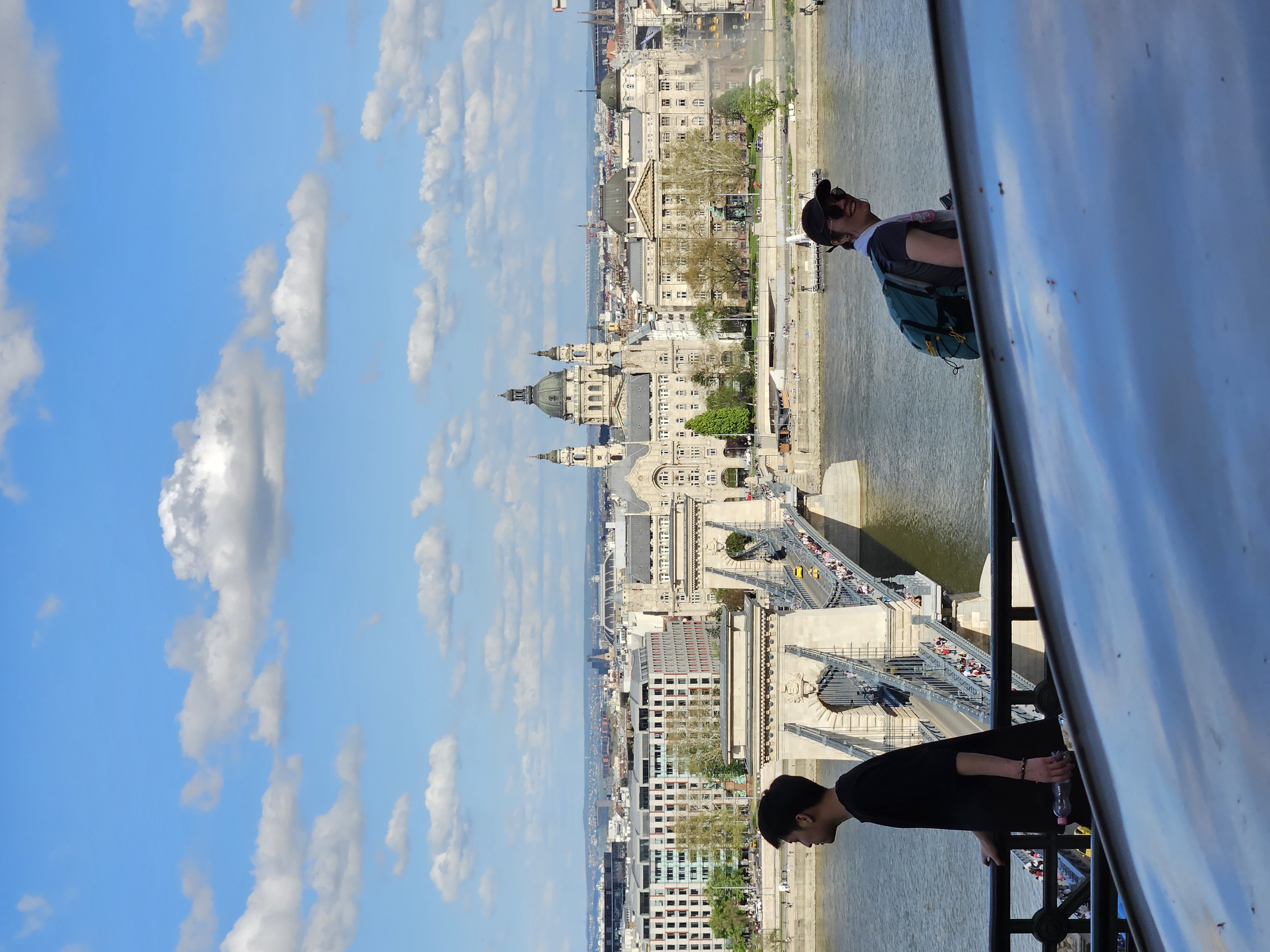


About Buda Castle
The history of Buda Castle does not begin grandiosely, but rather traumatically. In 1241, the Mongols invaded Hungary and destroyed the then capital, Pest. King Bela IV, embarrassed that the city had no defense, decides to build a new fortress on a hill, above the river, in Buda.
This is how the castle was born. Originally simple, military, with the sole purpose of protecting. It was a rough stone of resistance, a symbol of fear turned into strength. I was looking at one of the surviving parts of those early walls. I ran my fingers over the rough surface, the struggle of that time felt.
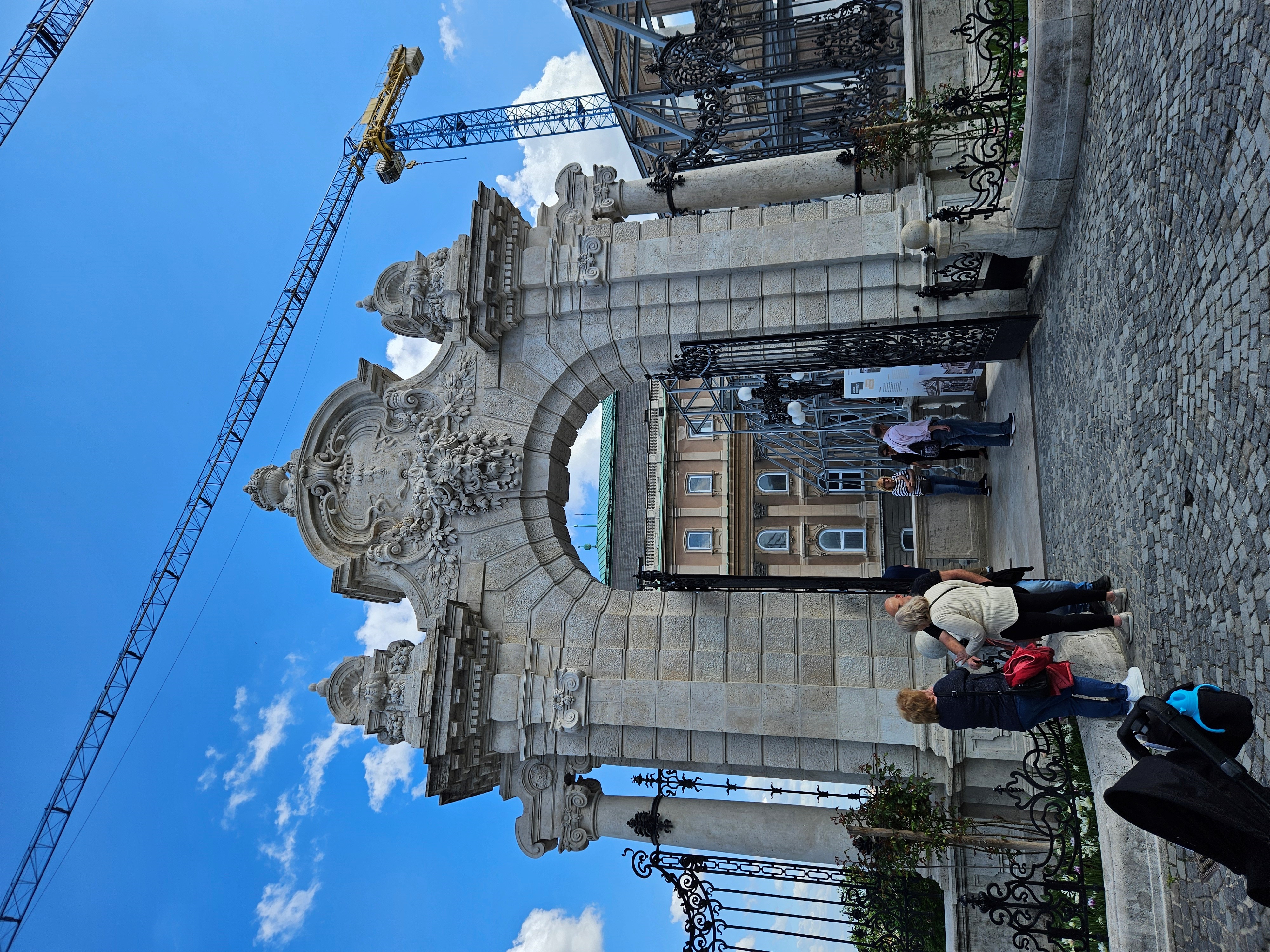

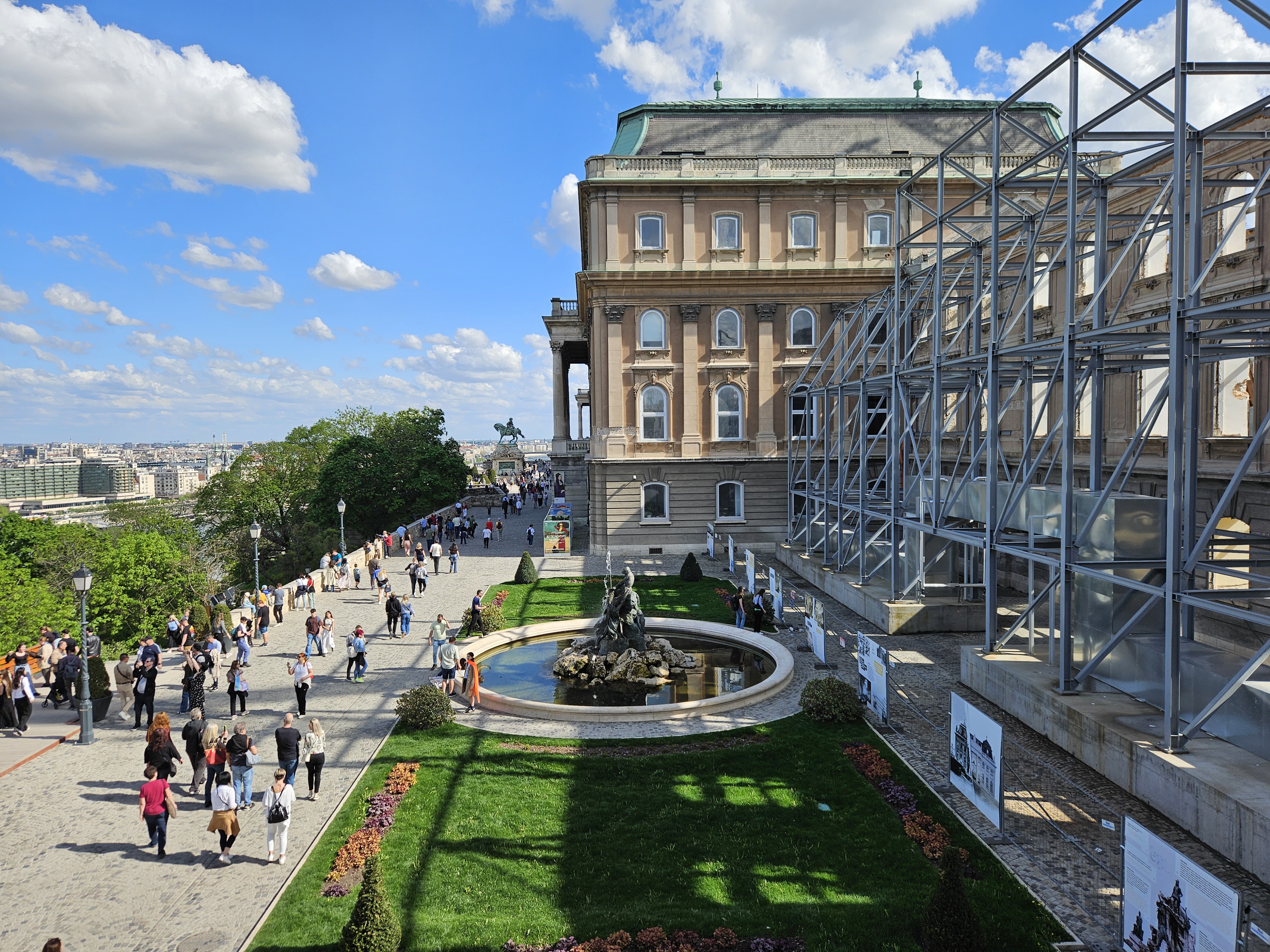
The real heyday of the castle came in the 15th century, with King Sigismund of Luxembourg, and then under Matthias Corvinus, one of Hungary's most beloved rulers. Then Buda became more than a fortress. It became a castle.
The castle square rang out in Italian, Latin, and German, as artists, philosophers, and diplomats came from all over Europe. They say that Matthias had a library in his palace larger than any other at the time, except the Vatican.


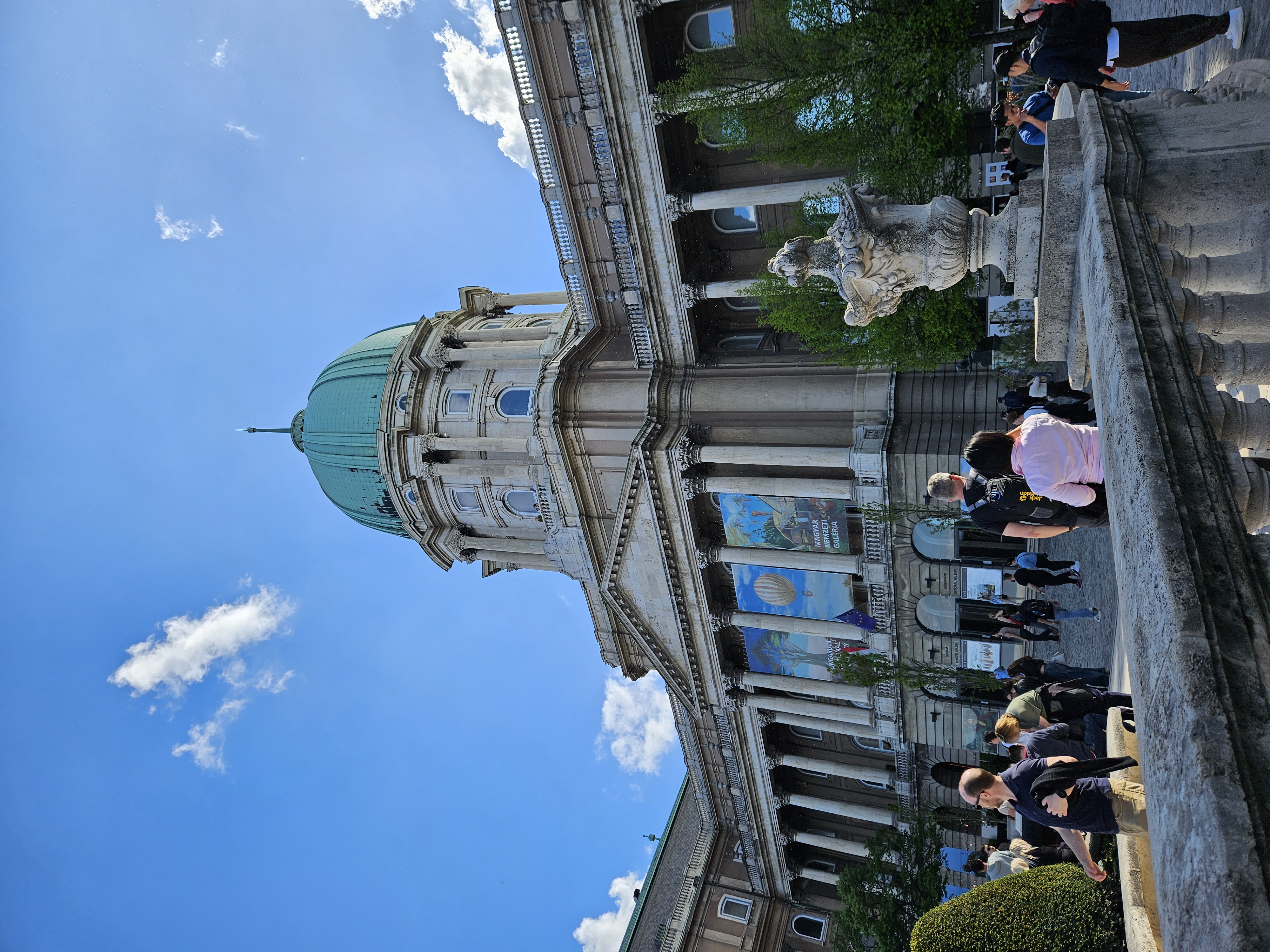
Unfortunately, I didn’t go inside the castle, so I can’t tell you what it was like inside or what it felt like, but if you go and have the time, I believe it’s worth going inside.

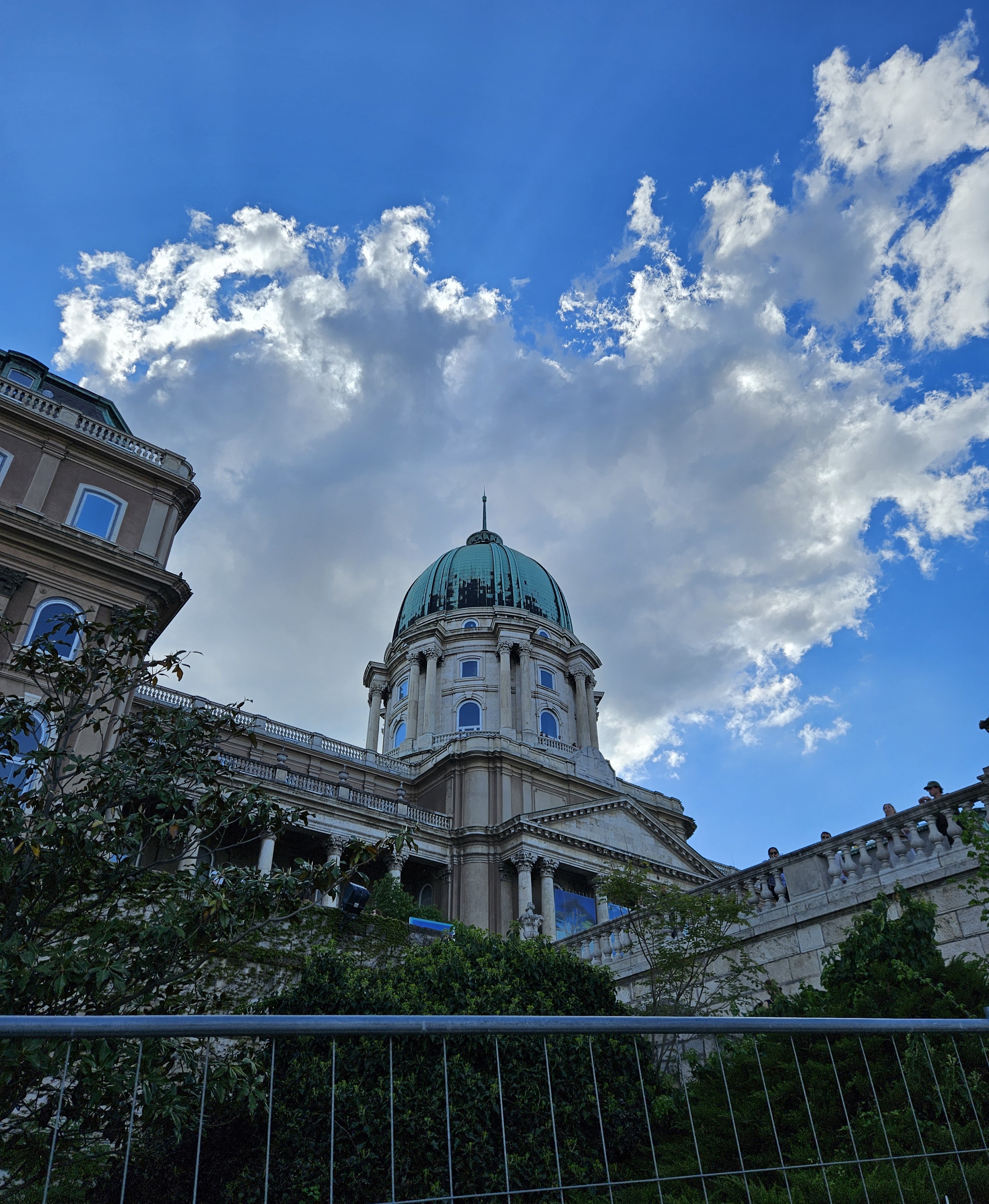

Then came 1541. The Ottoman Empire conquered Buda, and the castle became a symbol of its decline. It was transformed into a Turkish military fortress. The glittering Renaissance halls disappeared under pragmatic layers of wartime functionality. Our footsteps echoed those changes as we descended to the lower levels, toward the remains of the old walls that had barely survived centuries of Ottoman rule.
After more than 140 years, the Habsburgs reclaimed it. But the castle was little more than a ruin. What they restored in the 18th century was in the Baroque style, elegant, European, and yet completely new. It was as if the castle had changed its identity, but the memory remained.

Prince Eugene of Savoy
As soon as you step in front of Buda Castle, your eyes cannot escape from the imposing statue of a man on a horse. Upright, determined, with a gaze that tears the horizon. It is Prince Eugene of Savoy, a military leader whose name Hungary pronounces with reverence.
He is not Hungarian, but Austrian, but with his victory over the Ottomans in 1697 near Senta, he became the hero of the entire region. His statue here is no accident. It symbolizes the moment when the walls of the castle rose again above the age-old darkness.
The bronze horse seems restless, as if it still feels the struggle. And the rider's figure, calm and collected, betrays a strength that comes from perseverance, not force. Today, the statue no longer celebrates war, but memory. She reminds that even the strongest fortresses, like Buda Castle, owe their stability to people whose courage lasts longer than their lives.
Perhaps this is precisely the power of this monument. To stand between the past and the future, as a guardian of eternal questions.
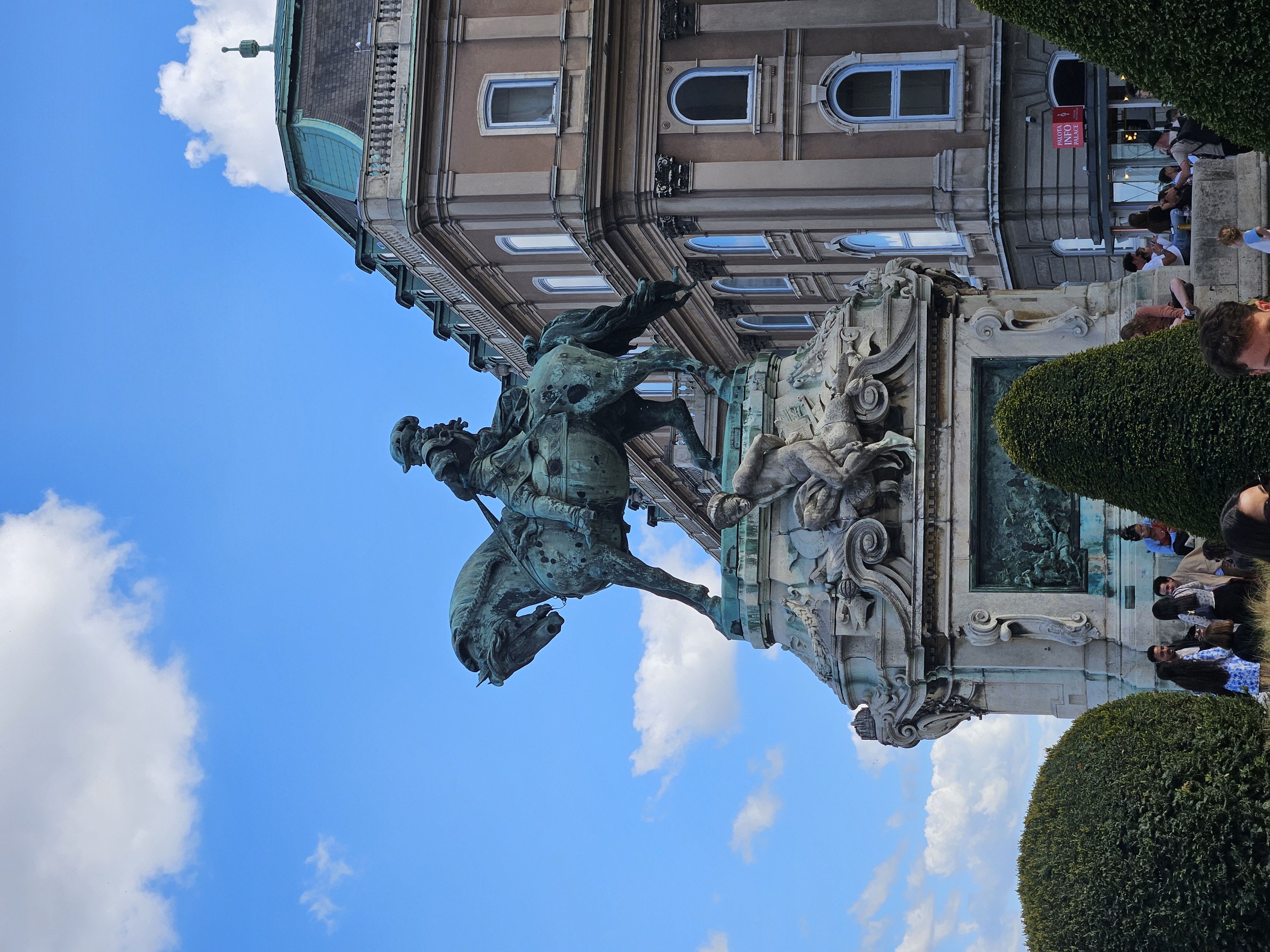

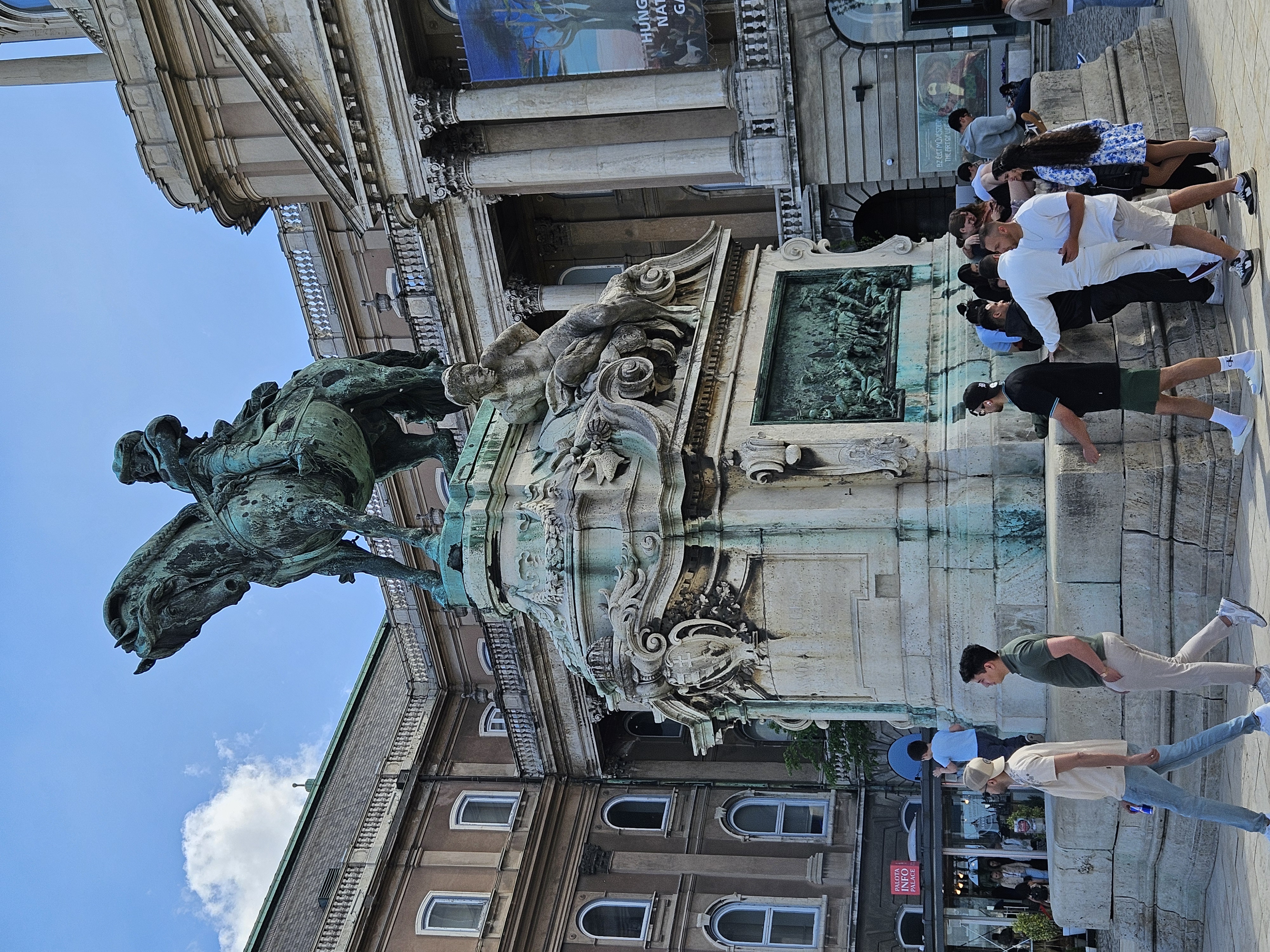
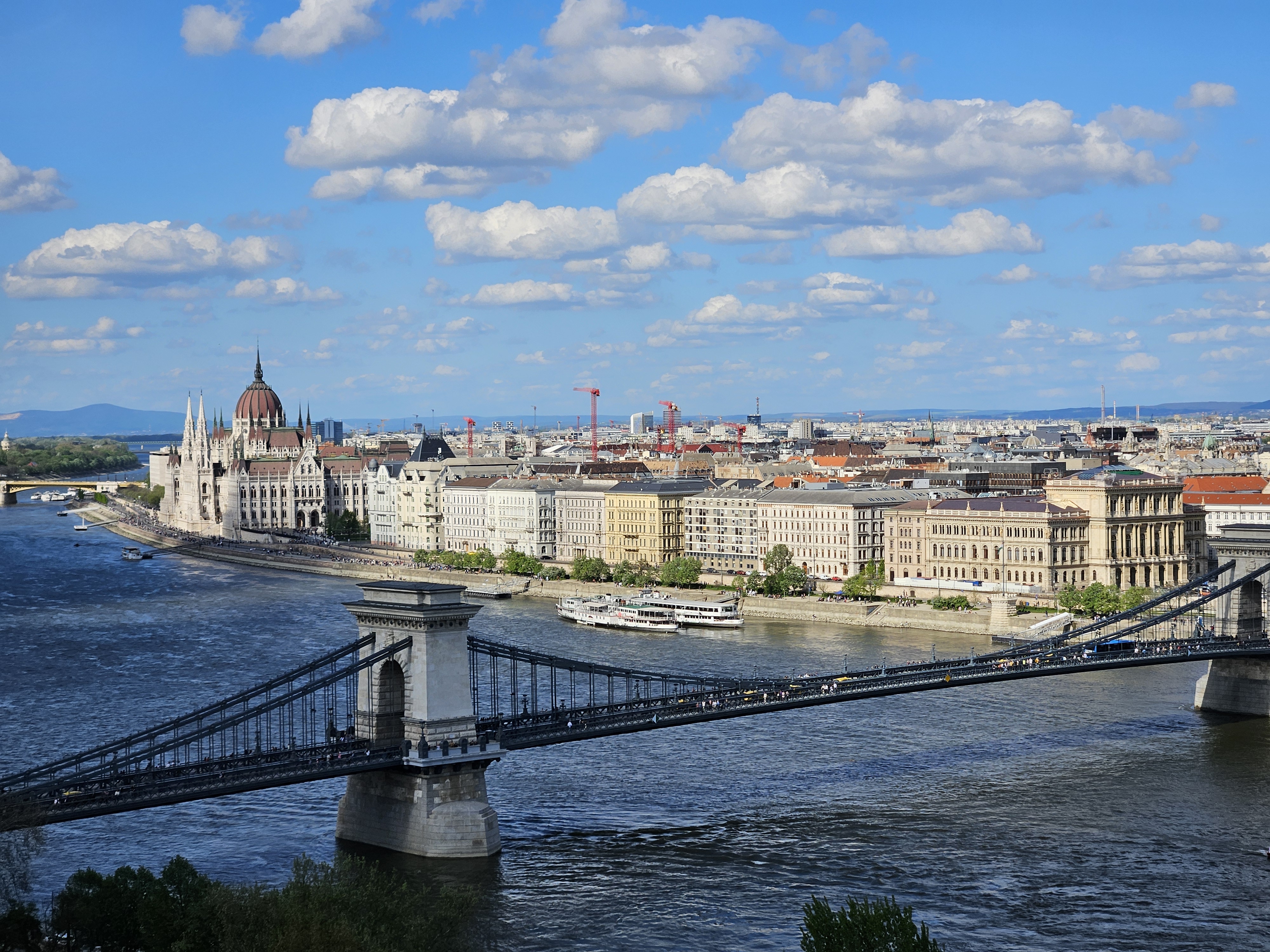

The Second World War was devastating for Budapest and Buda Castle was not spared. The battles between the Nazis and the Red Army turned the castle into a battlefield. What the war did not destroy, the ideology took away. The communist authorities later removed the decorations they considered bourgeois, trying to make the castle more vernacular. However, even then they could not tame him.
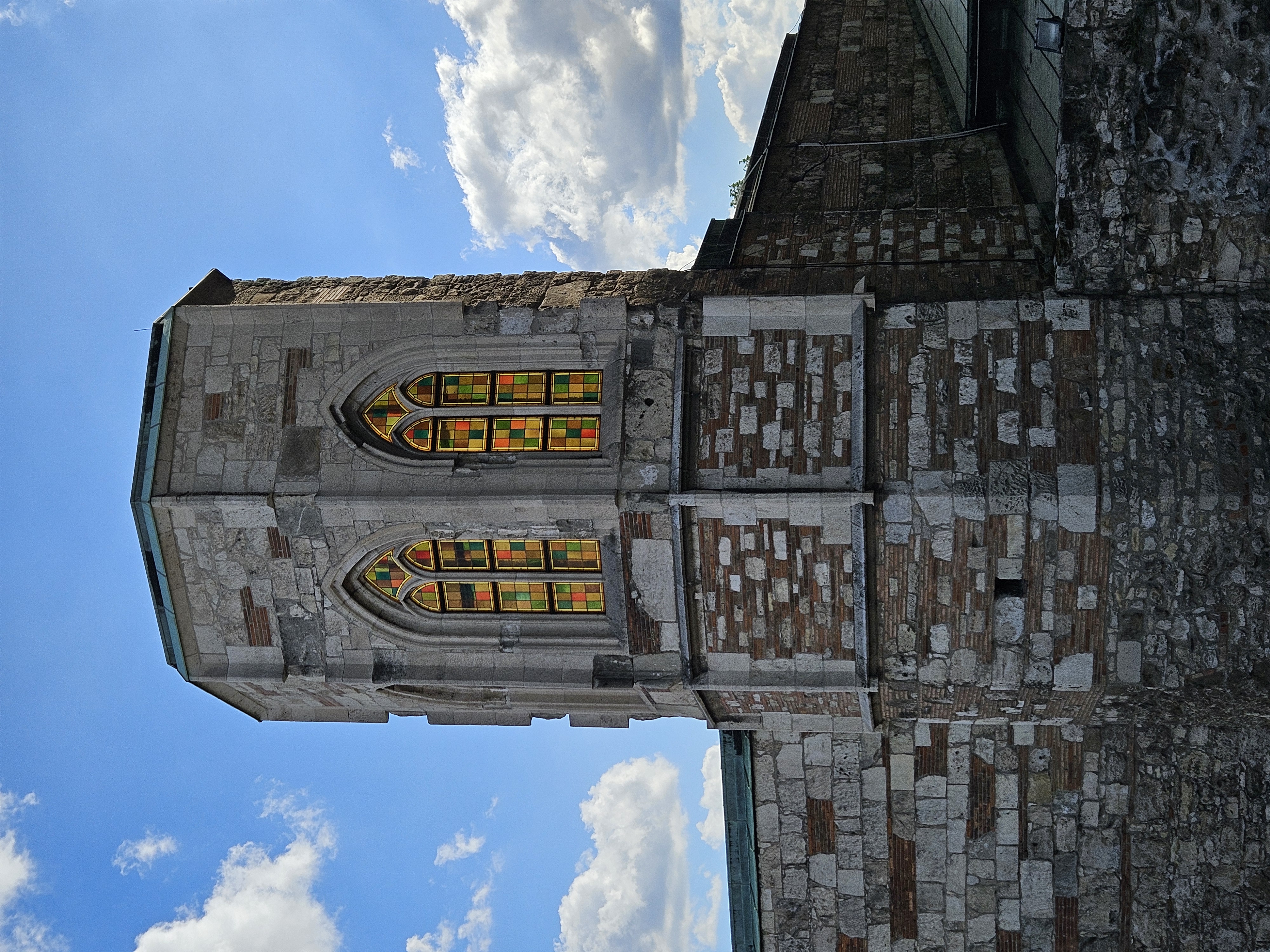
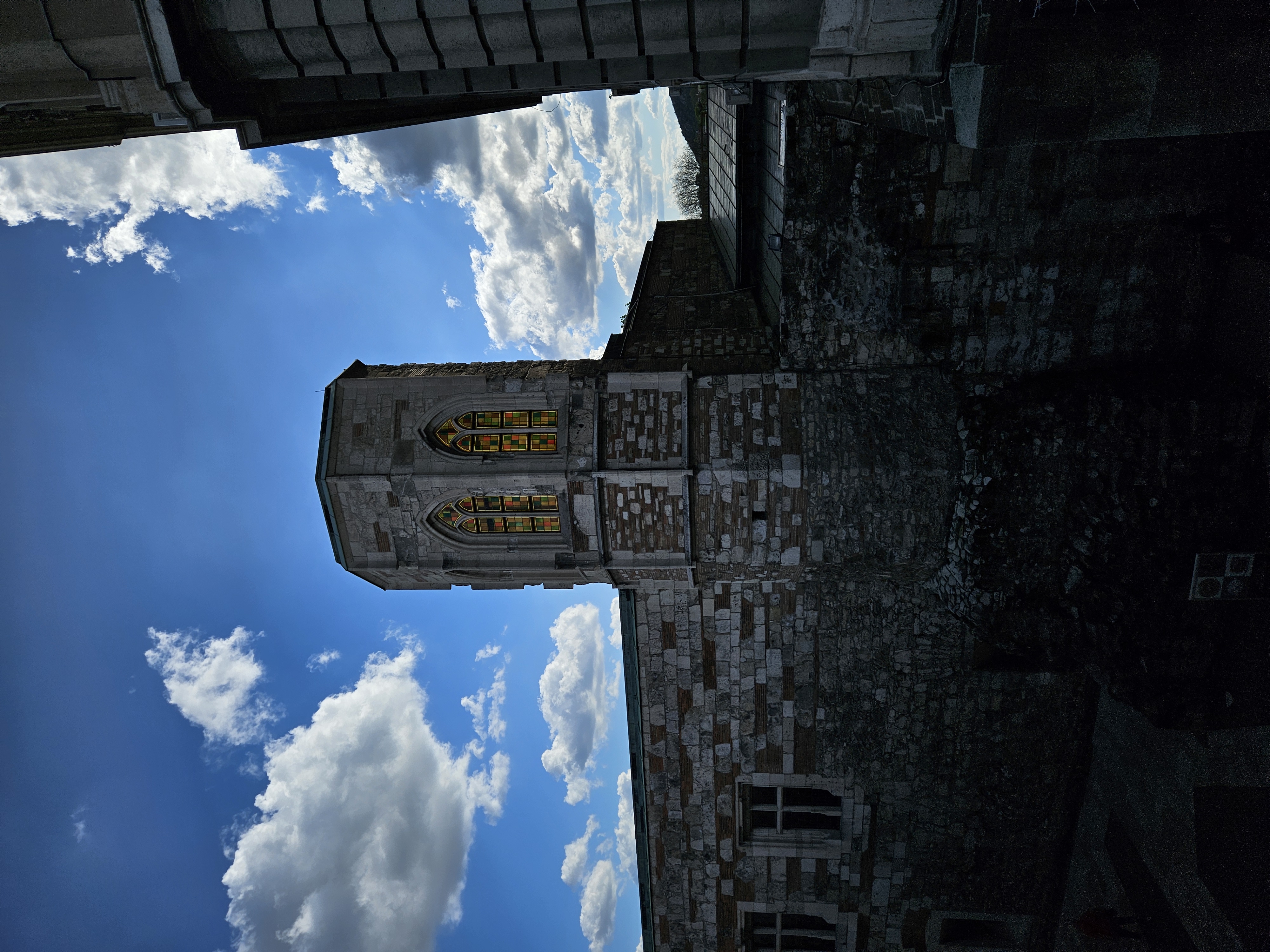
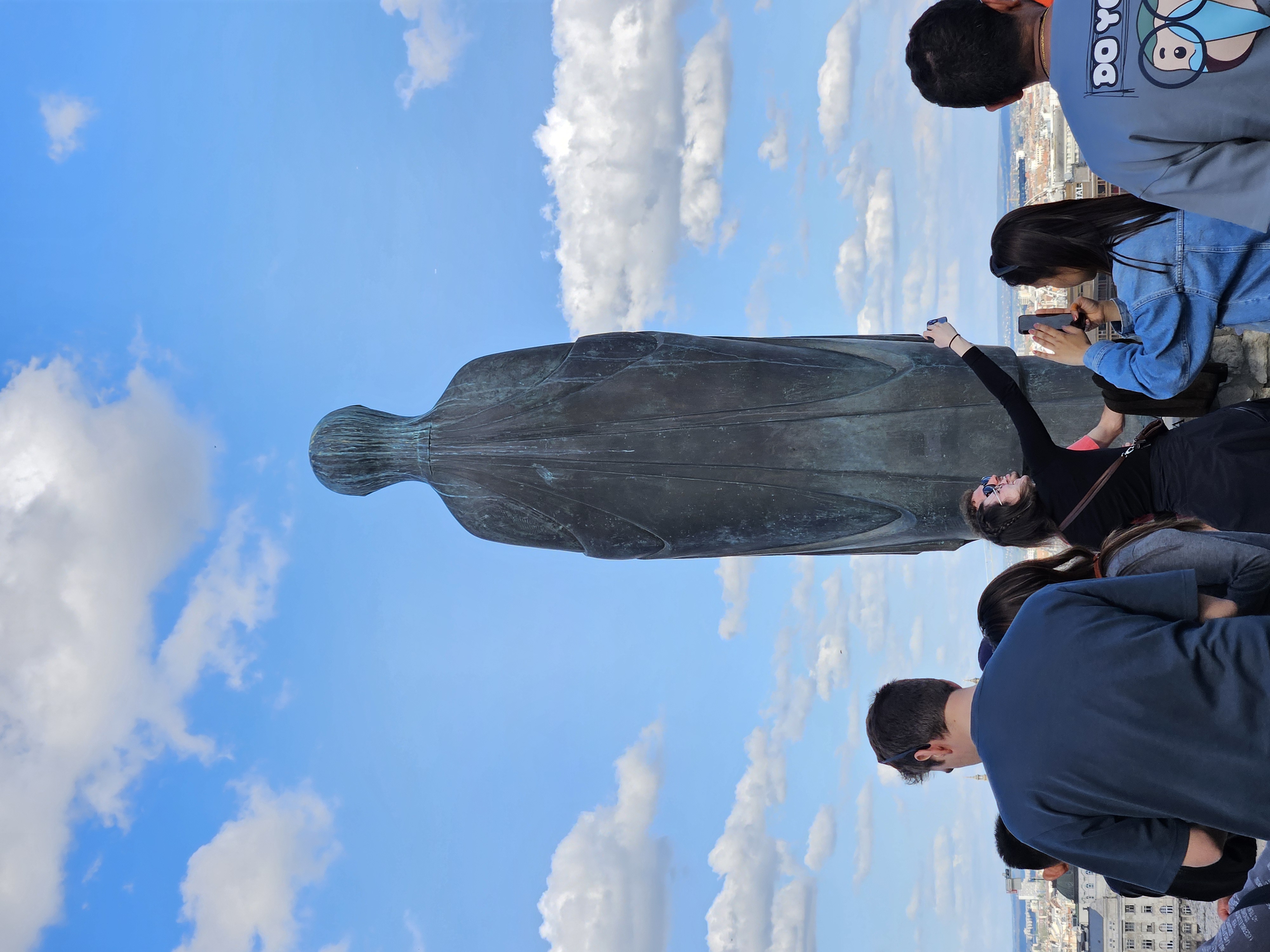
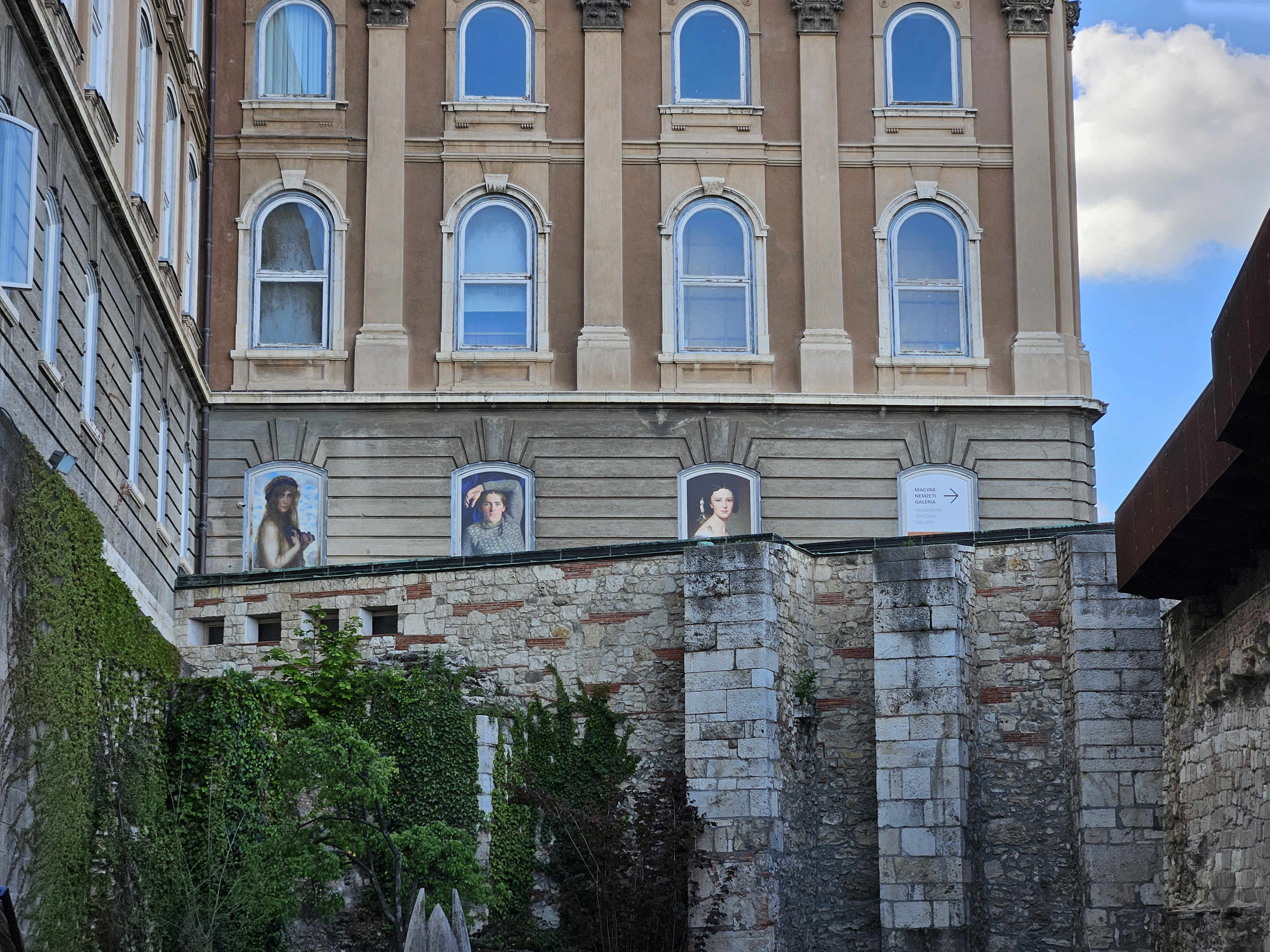
Today, Buda Castle is not just a tourist attraction. He is the archive of the soul of a people. It houses the Hungarian National Gallery, the History Museum and the Széchényi Library. But the most valuable thing is what is not in the showcases, the sense of time.
When we went out on the terrace and looked at Pest below, I felt a silence that was not empty. It was the silence of the presence of all those centuries, battles, love, tragedies and triumphs.
Perhaps that, in fact, is the castle's true power not to impress you, but to remind you. That history is not something behind us, but within us. At every step through its corridors.
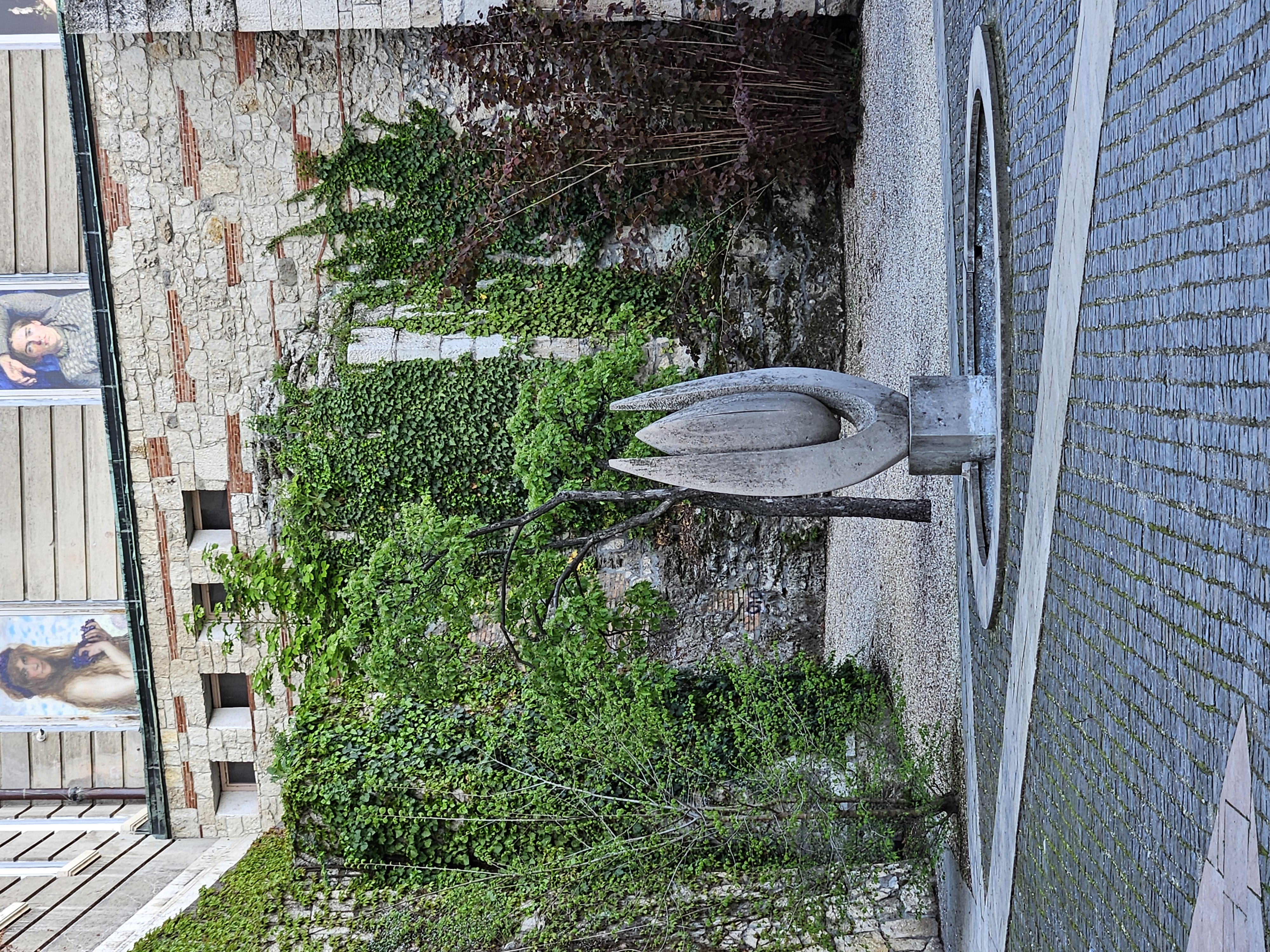
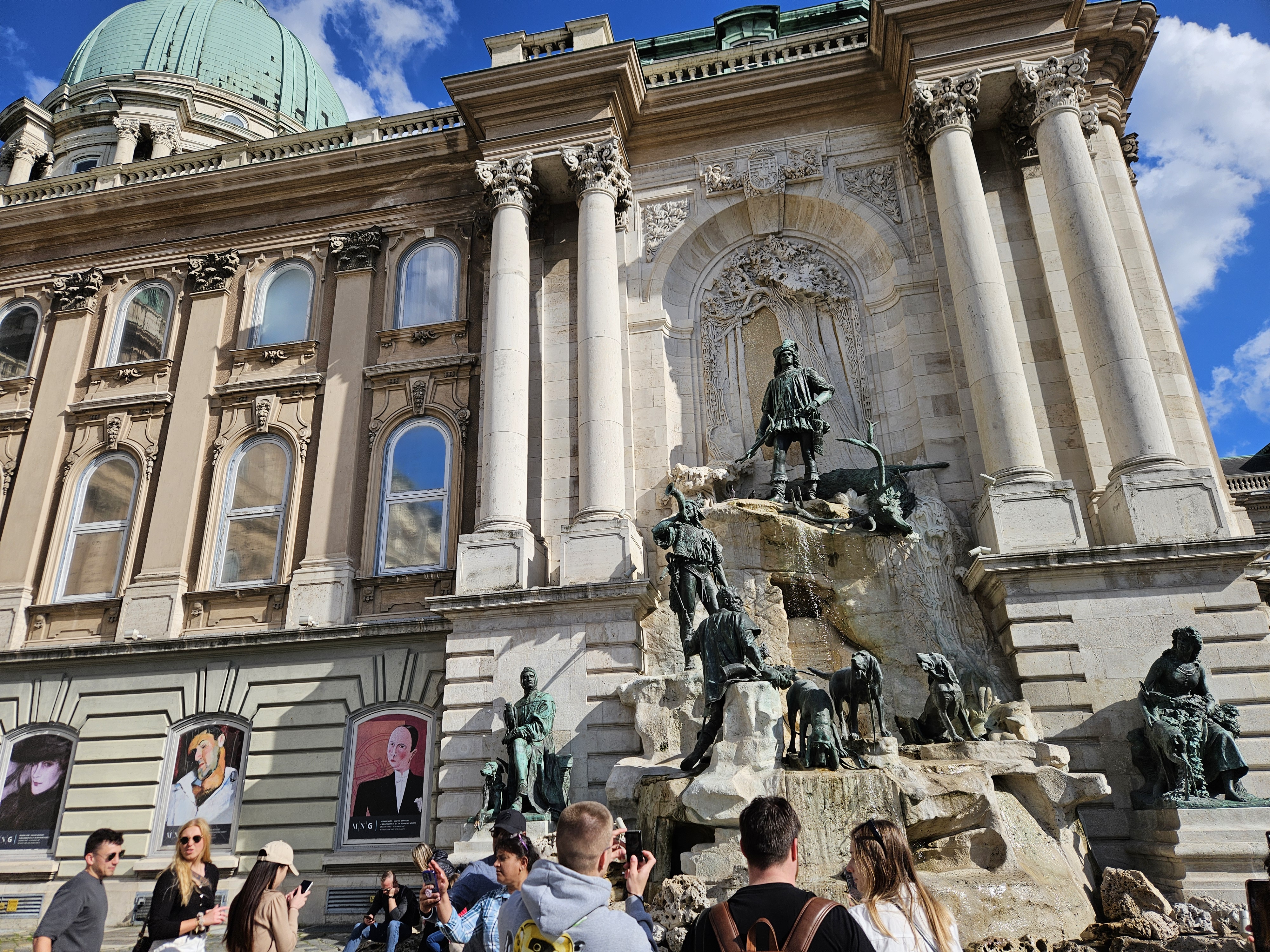
King Matthias Fountain
In the inner courtyard of Buda Castle, as soon as you enter, there is one of the most beautiful fountains in Budapest, King Matthias Fountain. At first glance, it seems like another decoration in the castle. But when you stop, when you really look, you realize that you are looking at something magnificent.
The fountain shows King Matthias Corvinus hunting. He stands with his dogs and hunters, while next to him kneels a girl in traditional Ilonka dress, an ordinary girl who, not knowing who she is, fell in love with the king. When she discovered his true identity, her heart broke. The love between the people and the crown remained eternal but impossible.

The water flows quietly down the stone, as if whispering about that silent tragedy. The sculpture from 1904, the work of Alajoš Stroblj, is so detailed that it looks like a scene stopped in the middle of a movie, frozen but alive.
As I stood in front of the fountain, I felt as if I had seen it before, it came to mind, the Trevi Fountain in Rome, which I had visited before. There too, the water tells a story. There too, the stone turns into emotion. Although it is smaller, the King Matthias Fountain has the same power to momentarily remove you from reality and take you into the world of legend. And like every fountain, it invites you to throw a coin into it for good luck, so I did.
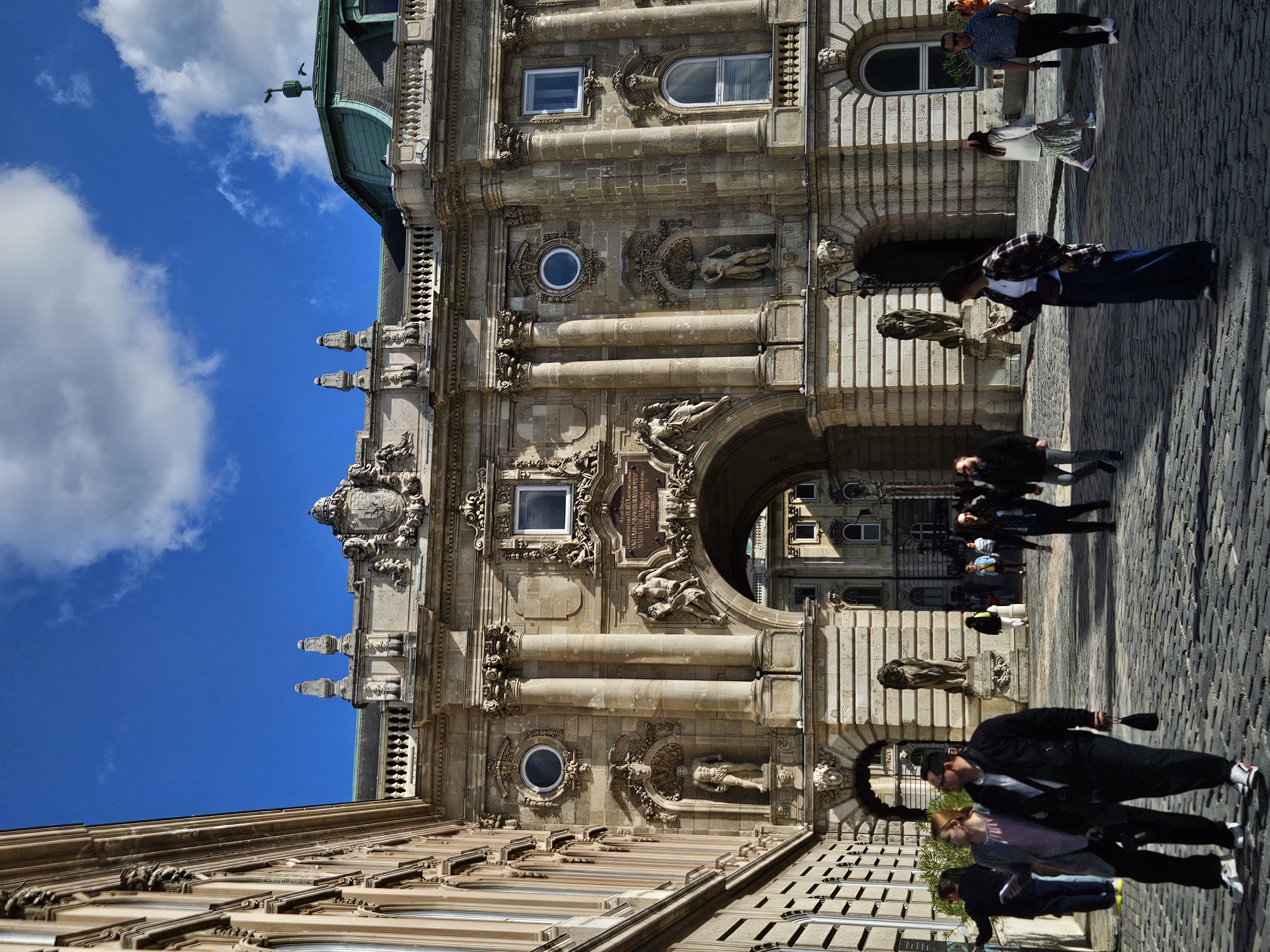
A walk through Buda Castle is not only a walk through history, but also through all the forms of art that centuries have been able to create. One of the most impressive moments comes as soon as you pass through the monumental gate of the castle, whose columns and reliefs you can almost hear whispering about the imperial campaigns and the former power of the Habsburgs. You look up at the sculptures above the arch of lions, coats of arms and figures that not only guard the entrance, but also the spirit of the past.


Not far from there, as if you have crossed into another world, is the building of the Royal Horticulture, with a fairy-tale roof and neo-Renaissance details. The blue and gray roof tiles trace patterns reminiscent of textile motifs from folk art, but here, high up, they dance with the clouds. This building is a quiet wonder, something that doesn't demand your attention, but gets it as soon as you turn around.
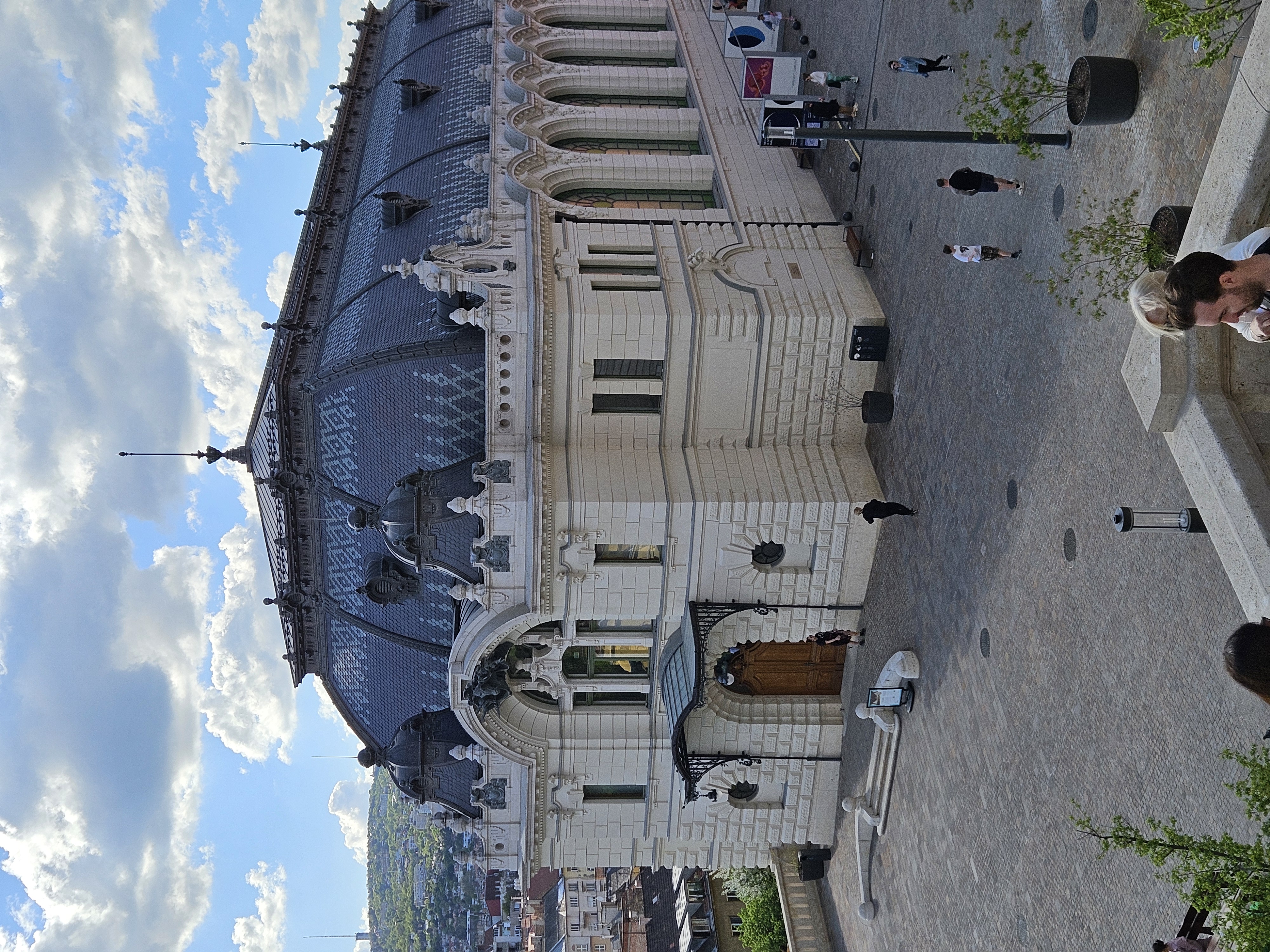

In front of her, a statue of a man and a horse catches the eye and the heart. The greenish horse rears up, and his guide soothes him with a tenderness rarely seen in stone. You don't know if this is a moment of taming power or release, but it's certainly moving. This sculpture has something ancient in it, almost like a fusion of man and nature, control and respect.
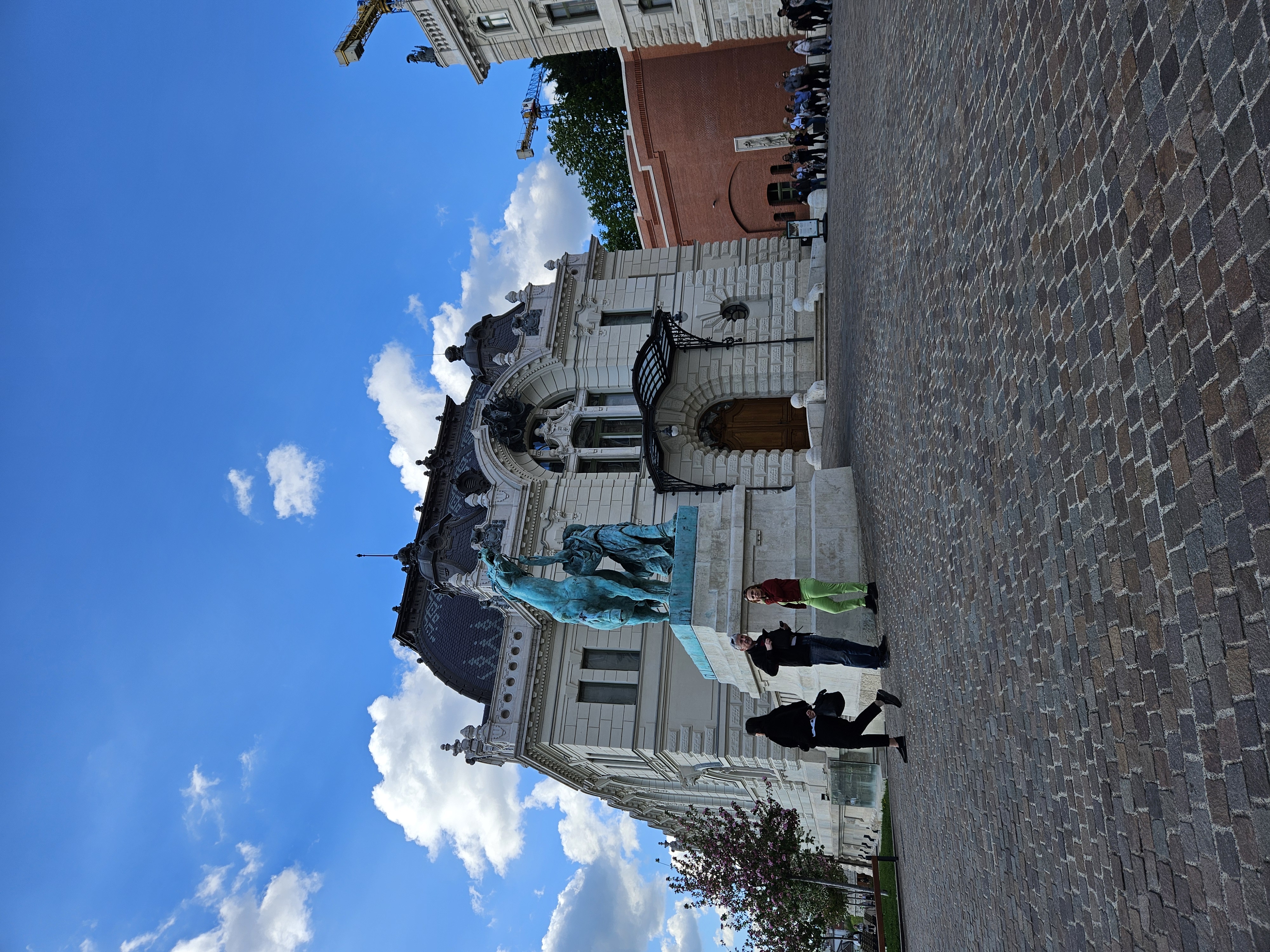
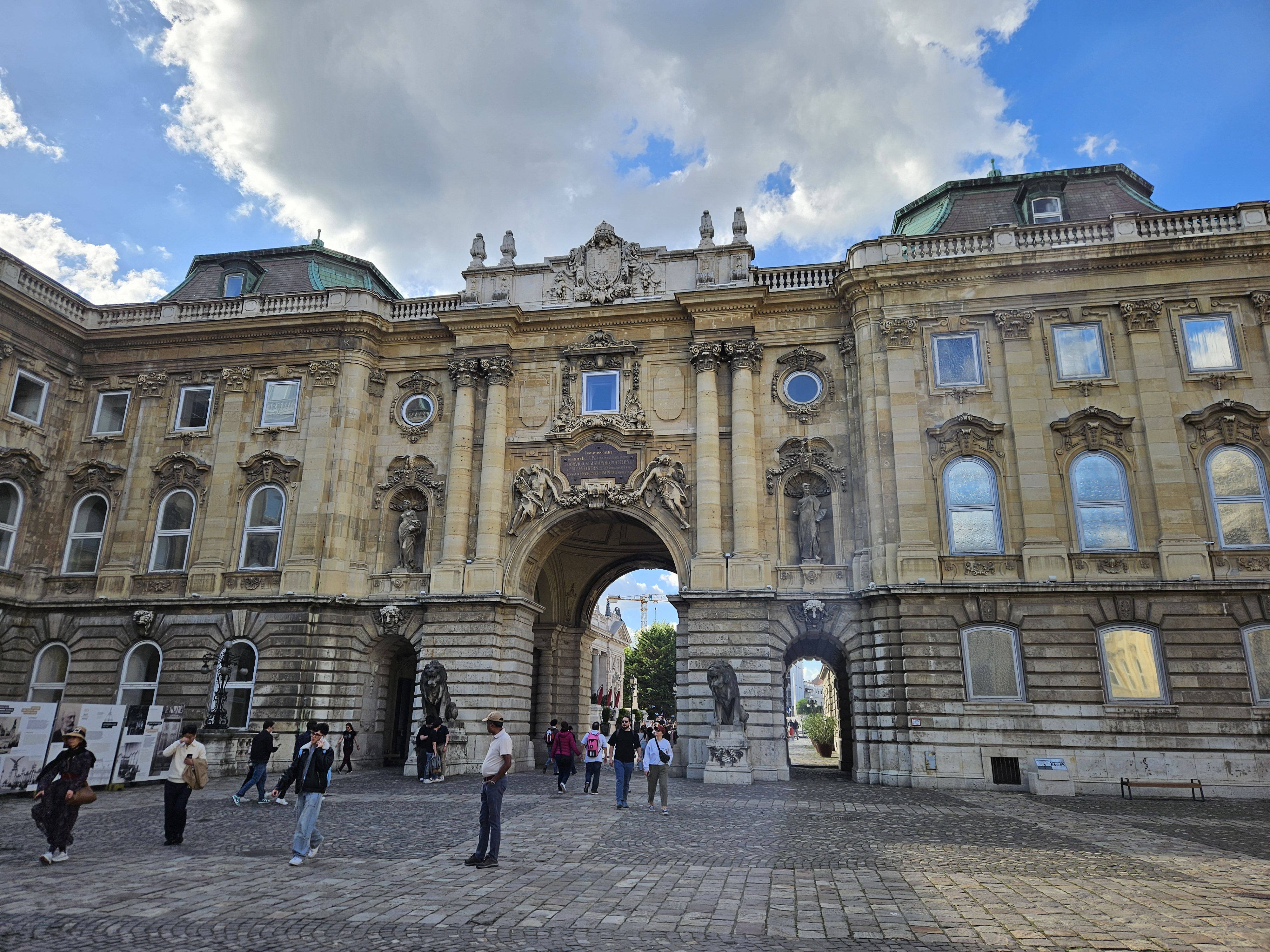
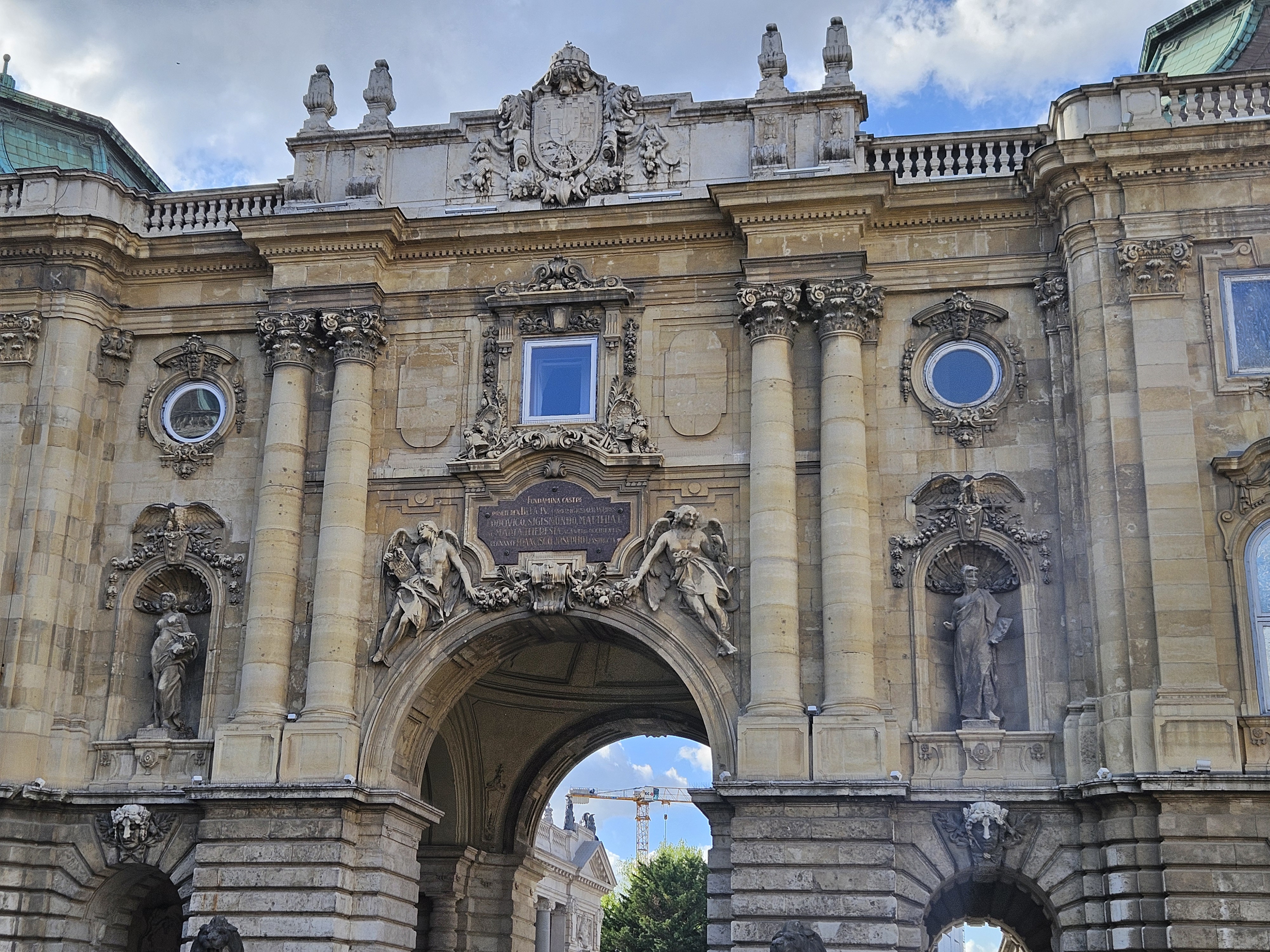
In Buda Castle, every facade has its own mood, every corner its own story. The sun doesn't just illuminate the stone, it also revives history, as if every day it decides anew whether this place is a castle, a museum, a gallery or a poem.

I hope you enjoyed reading and looking at the photos. I enjoyed making this blog, I hope you did too. Until next time, "Regards!"

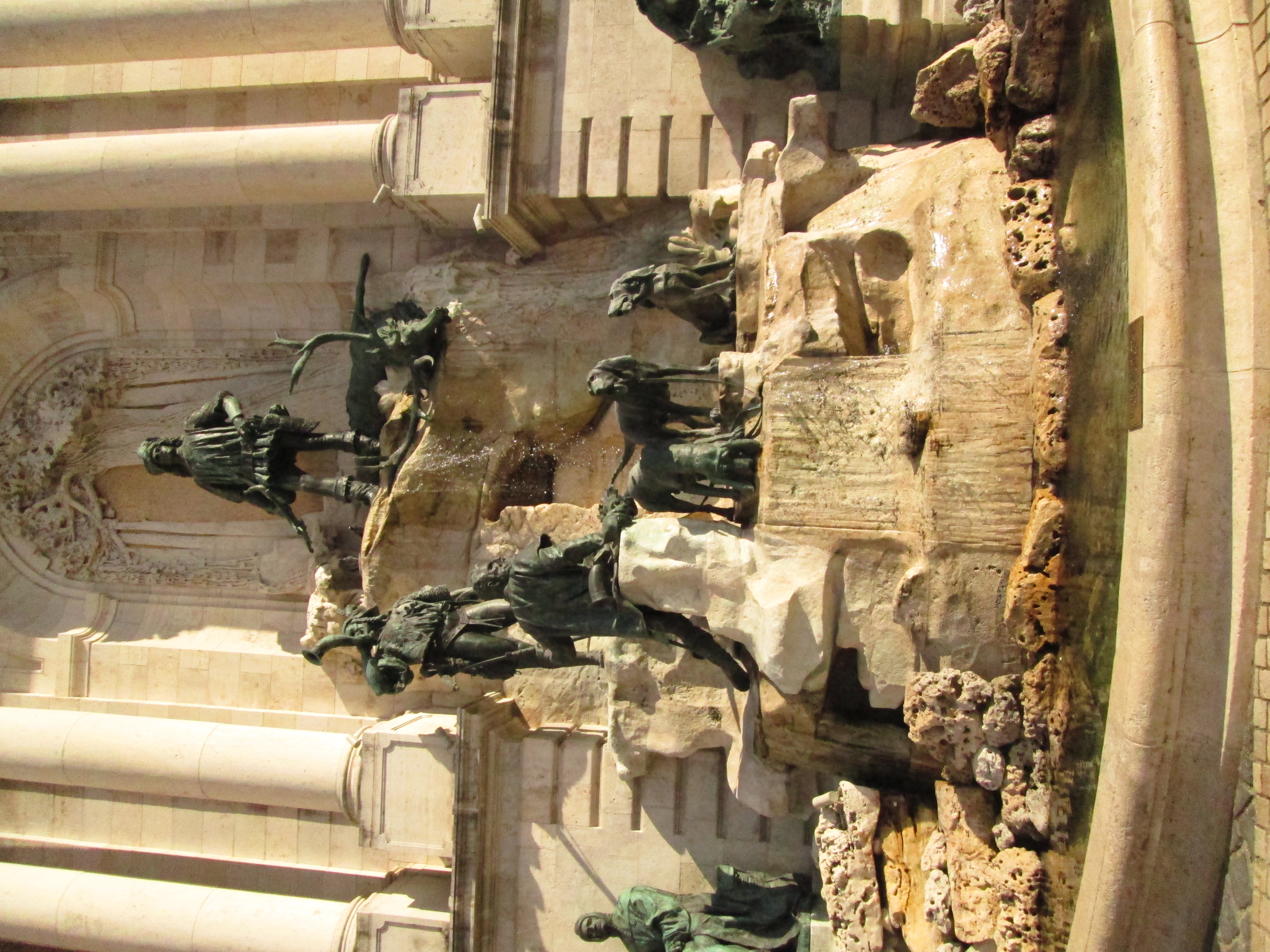
You can check out this post and your own profile on the map. Be part of the Worldmappin Community and join our Discord Channel to get in touch with other travelers, ask questions or just be updated on our latest features.
Congratulations, your post has been added to the TravelFeed Map! 🎉🥳🌴
Did you know you have your own profile map?
And every post has their own map too!
Want to have your post on the map too?
- Go to TravelFeed Map
- Click the create pin button
- Drag the marker to where your post should be. Zoom in if needed or use the search bar (top right).
- Copy and paste the generated code in your post (any Hive frontend)
- Or login with Hive Keychain or Hivesigner and click "create post" to post to Hive directly from TravelFeed
- Congrats, your post is now on the map!
PS: You can import your previous Pinmapple posts to the TravelFeed map.Opt Out
Sjajna priča, bravo!
Hvala na podrsci i komentaru!
Congratulations @sniki003! You received the biggest smile and some love from TravelFeed! Keep up the amazing blog. 😍 Your post was also chosen as top pick of the day and is now featured on the TravelFeed front page.
Thanks for using TravelFeed!
@for91days (TravelFeed team)
PS: Did you know that we have our own Hive frontend at TravelFeed.com? For your next travel post, log in to TravelFeed with Hive Keychain or Hivesigner and take advantage of our exclusive features for travel bloggers.
Hiya, @ybanezkim26 here, just swinging by to let you know that this post made it into our Top 3 in Travel Digest #2569.
Your post has been manually curated by the @worldmappin team. If you like what we're doing, please drop by to check out all the rest of today's great posts and consider supporting other authors like yourself and us so we can keep the project going!
Become part of our travel community:
That’s an impressive castle. I especially like the detail of the face on the gate/ entrance. . I wonder who that supposed to be.
Yes, it's very impressive. I don't know who is on the gate, but it looks angry. Thank you for comment and support 😁